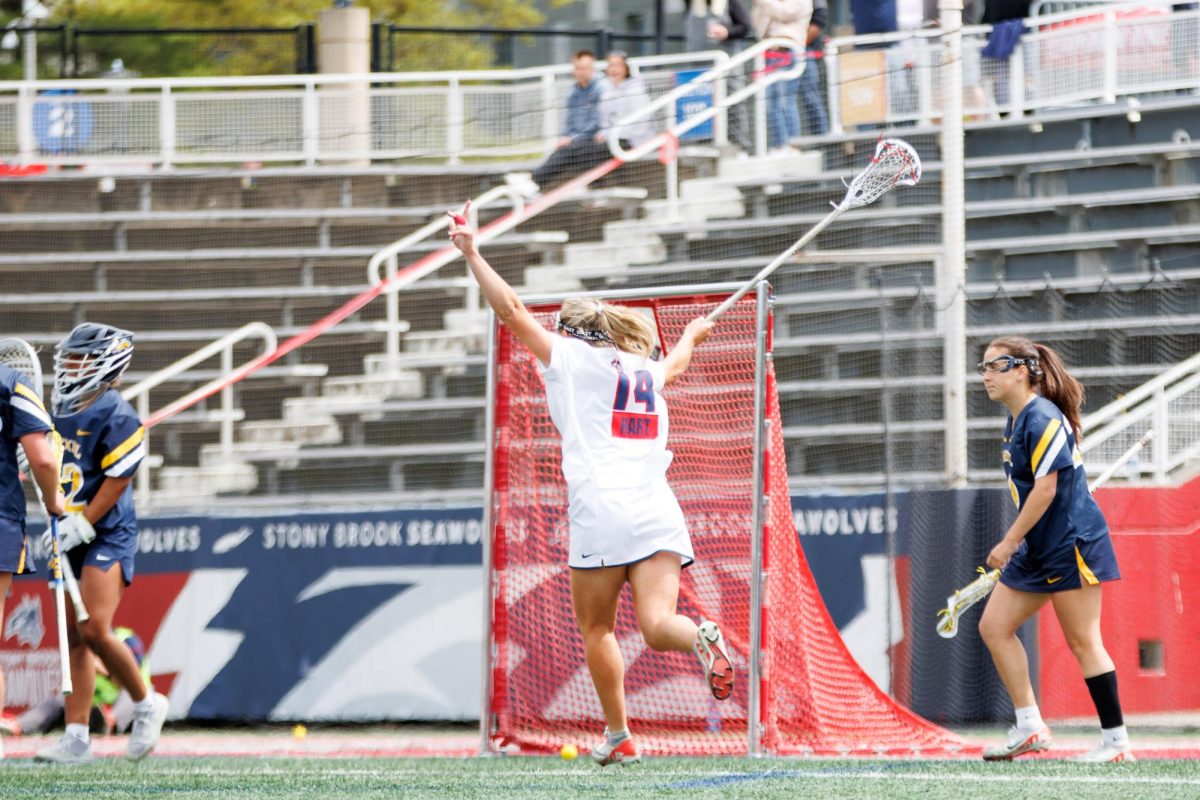
John H. Marburger III, was known to be an incurable optimist.
He was the university’s third president, the director of Brookhaven National Laboratory and Presidential Science advisor under George W. Bush. He was more recently the vice president for research up until a few weeks before his death.
Marburger, whose career spanned close to 50 years, died after four years of undergoing treatment for non-Hodgkins lymphoma, which he has been fighting while he was still working in the White House.
But he did not let his condition hold him back.
“Jack was very stoic about his illnesss. He was working on a Brookhaven and Stony Brook project up until a few days before he passed away with all of his energy and a very clear mind,” Samual Arronson, the director of Brookhaven National Lab, said. “It was amazing to watch.”
He was first diagnosed with non-Hodgkins lymphoma when he was working as presidential science advisor under former United States President George W. Bush. But while most would take the diagnosis as a death sentence and spend most of their time in bed, Marburger did just the opposite.
He decided to use the time he had at home resting to do something. He became interested in a historical question in physics, the Heisenberg Uncertainty Principal and found the original proof to be flawed.
“Jack undertook this while he was undergoing chemo to re-examine the truth of the Heisenberg uncertainty principle and he found that the original truths were not correct,” said Paul D. Grannis, a research professor at Stony Brook University who worked with Marburger when he was president. “It’s indicative, at a time when he was in clearly poor physical situation he was still focusing his energy on interesting physics topics.”
He said in an interview with The Statesman last spring that though the discovery was a minor footnote in the history of physics it was something that he was proud of and something that kept him going.
“Well you know my brain was working, you know your mind is still working so I could read,” he said. “So that’s how I spent my time. I could not just sit there.”
But while in Washington D.C. he was criticized by much of the scientific community for taking the position since the Bush administration was seen as perusing a “war on science.”
Marburger, who was a democrat, felt differently.
“I asked him, ‘why do you want to work here? This is going to be a tough administration that a lot of scientists are not happy with,’” said James Klurfield, a professor of journalism and friend of Marburgers. “He said, ‘my job is to do the best job I can do to represent the interest of science, to make sure there’s a voice there that’s talking about the importance of science.’”
Marburger carried this belief back to Stony Brook when he became the vice president for research. In the months before his death he became passionate about arguing what the right track was for the country.
In an op-ed in the Huffington Post he wrote, “In the negotiations now underway to determine what share of needed budget cuts must fall to the tiny and already beleaguered domestic discretionary budget, the role of scientific research must be acknowledged for what it is: the key to our nation’s future.”
But Marburger always found himself back at Stony Brook.
After Shirley Strum Kenny took over as president in 1994 he was asked back to head up Brookhaven, which Stony Brook had just taken over.
But it was no easy job.
The lab was in a rough spot with criticism from politicians and locals about the nuclear experiments that went on and the effect on the surrounding community. He was able to diffuse the situation and improve the public relations arm of that lab which is still felt today.
“He really did an incredible job of making a lab that Long Islanders were ready, just ready, to close up and get rid of, to a lab that had a lot of citizen communication and involvement,” Kenny, who appointed Marburger to the position, said.
She did so because of who he was and how he worked. And although he came from a scientific background for most of his life, always an administrator.
“I was struck when I was first at Stony Brook, at how often he would be out to lunch with one faculty member or another,” she said. “But with everybody he was courteous and just had a wonderful way with people.”











